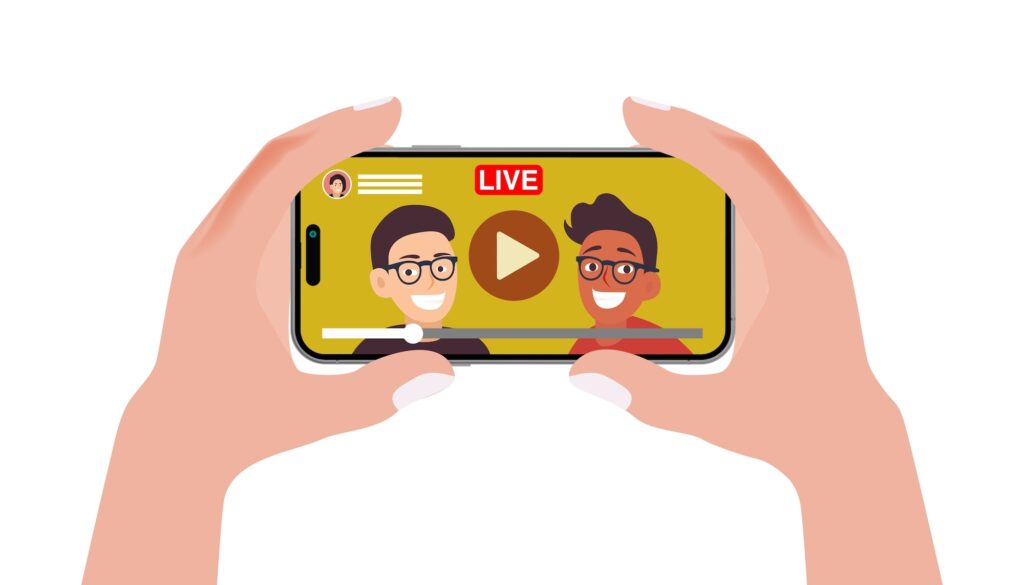The ad tech industry will not be getting over its obsession with AI agents any time soon.
Case in point: On Tuesday, video advertising platform Pixability launched its own agentic product, which will help marketers more quickly identify and target scalable audience segments on YouTube.
Called Pixie, the new agent builds upon the success of GenAI Contextual Segments (GCS), another AI-powered audience builder that Pixability first made available in 2024.
But unlike the company’s previous tools, Pixie allows for much quicker, automated curation – making the process “as simple as dropping in a brief,” said CEO David George.
It’s in the brief
As reported last year, GCS uses machine-learning algorithms to analyze data from YouTube, as well as third-party partners like Comscore, and even self-identified creators from Pixability’s Inclusive Media Initiative.
GCS then presents users with a list of channels or videos to buy ads against, using over 700 attributes to score and classify each piece of content. (Since last year, that amount has now increased to over 1,200 attributes, Chief Product Officer Jackie Swansburg Paulino told AdExchanger.)
As precise as this particular tool can get, however, it still requires a lot of manual effort to implement, said Paulino. A human still needs to read and interpret the marketing brief and then spend days researching and understanding the right types of audience personas to target before inputting those details into the GCS search function.
By contrast, now users can copy that marketing brief directly into Pixie’s chatbot-like interface, and the new tool will immediately generate audience segments based on that prompt.
Users can also use natural language follow-up prompts to filter the Pixie-generated segments further. A user may type “I only want no-risk content” (meaning, in Pixability’s terms, only high-quality YouTube videos that won’t run afoul of most brand suitability standards) or “I don’t want to target non-English speaking audiences.”
“Curation, a year ago, took about 90 minutes of going through those filters and creating these segments,” said Paulino. But in a live demo conducted for AdExchanger, it took about 90 seconds.
Automated vs. manual
Pixie’s speed and scalability may prove particularly helpful for agencies with multiple brand clients to manage, especially ones that use Pixability on a self-serve basis.
Take independent media agency Mediaplus, which is currently testing the Pixie product out with three of its brand clients, said North America CEO Tamara Alesi.
For the media planners at Mediaplus, Pixie is “taking a two-day process and ultimately making it something that happens in moments,” said Alesi. “That makes our entire team, collectively, more efficient.”
Pixie can also help marketers find new opportunities to reach audiences that they might not have otherwise thought of due to internal biases or a lack of specific expertise, said Alesi.
Pixability’s own internal reporting seems to confirm this. As part of a case study with an unnamed luxury skin care brand, Pixie recommended 8.6X more YouTube channels that were 3.6X larger than the ones found in manually pulled inventory, leading to a 76% increase in clickthrough rates.
“A lot of folks that like to buy beauty brands are in sports categories,” said George, echoing an example he gave last year when describing Pixability’s contextual segmenting tools. “Through our technology, we can go find those audiences so there’s additional scale for campaigns.”
Agents for agencies
Although Pixie is being marketed as an “agentic” tool, it’s not yet capable of anything beyond the planning stages. However, Pixability wants Pixie to be able to operate through the entire life cycle of a YouTube campaign, including reporting (which is next on the road map) and even buying.
Pixability’s engineering team is also working on ways for Pixie to communicate with agency-developed agents using model context protocols, a standardized framework that Anthropic first introduced to the market late last year. (According to Paulino, they’re already “pretty close” to success there.)
In the meantime, Pixability will continue to position itself as a way for advertisers to buy on YouTube with more precision than Google’s own curation tools can currently provide.
“My team could be working directly with DV360, but I prefer that they don’t, because I want my clients to feel like they’re getting the best experience with all of their media investment,” said Alesi.













